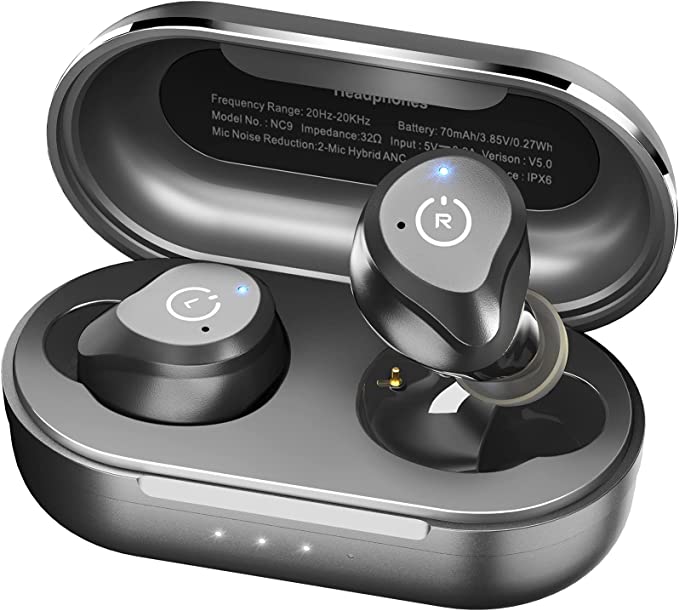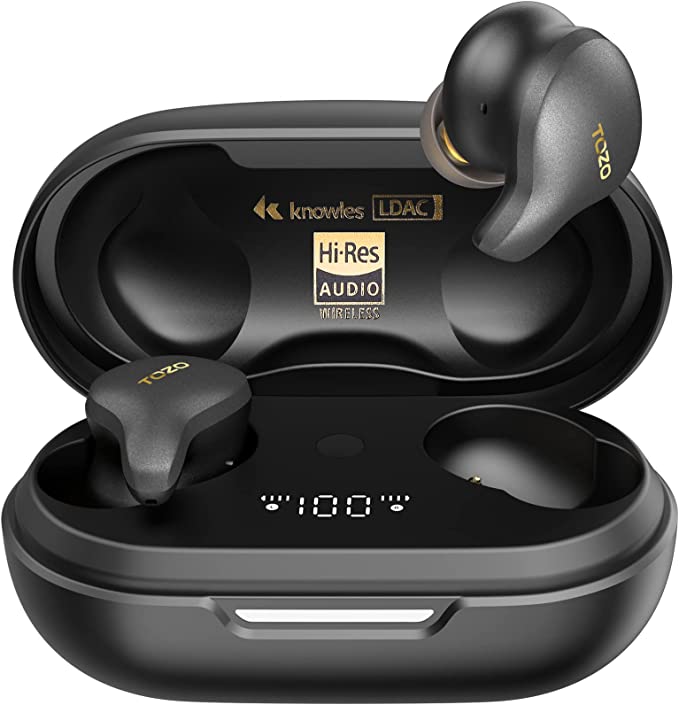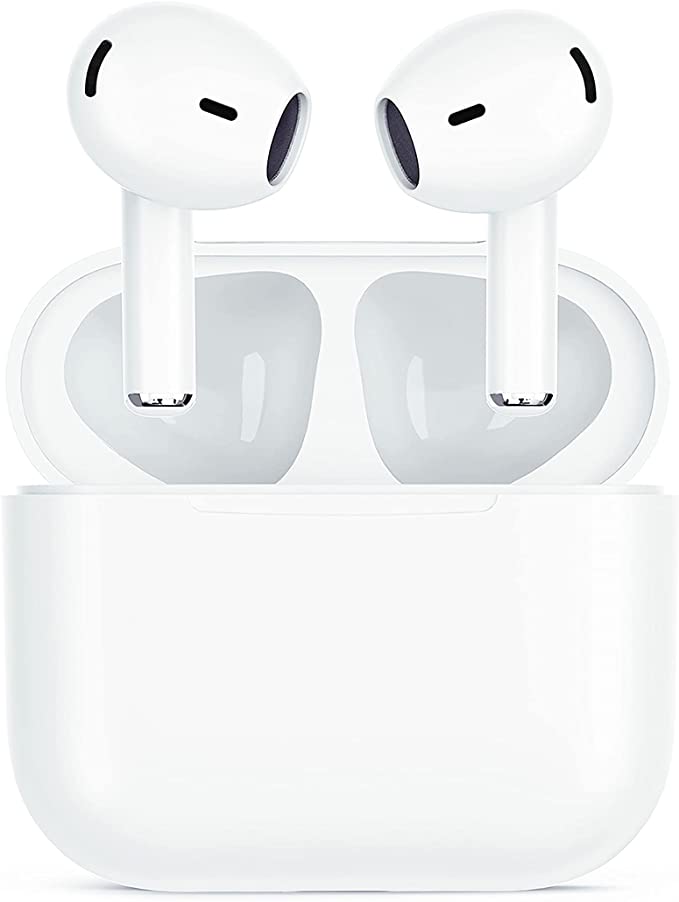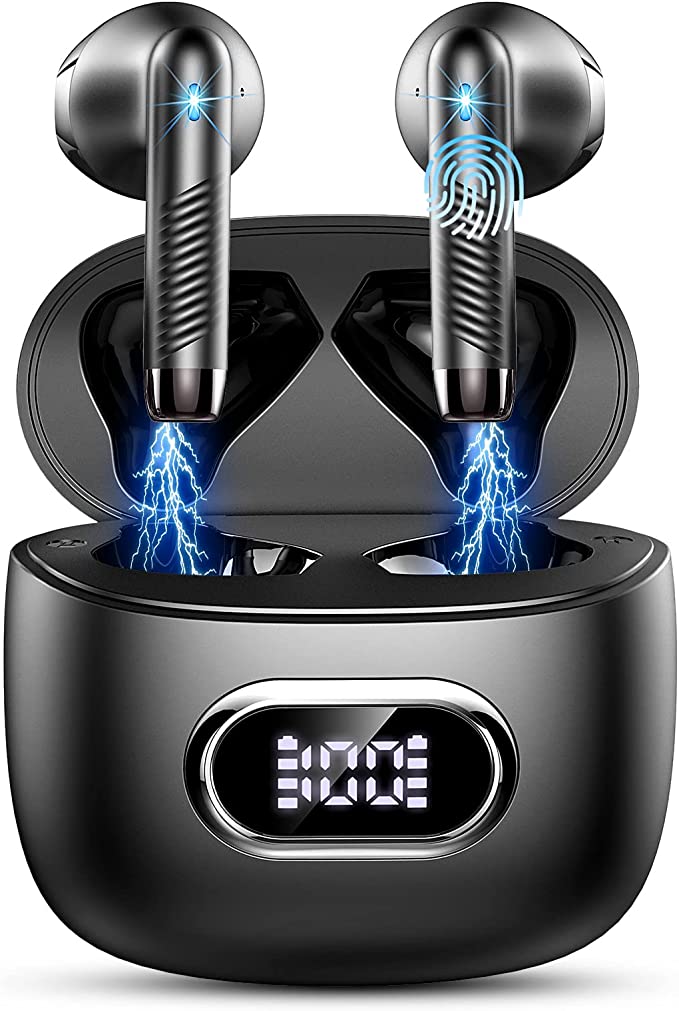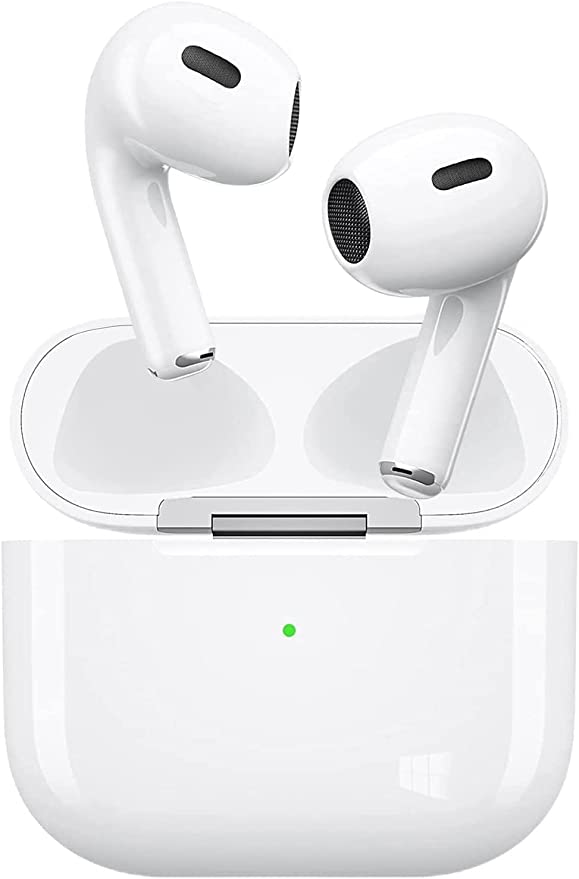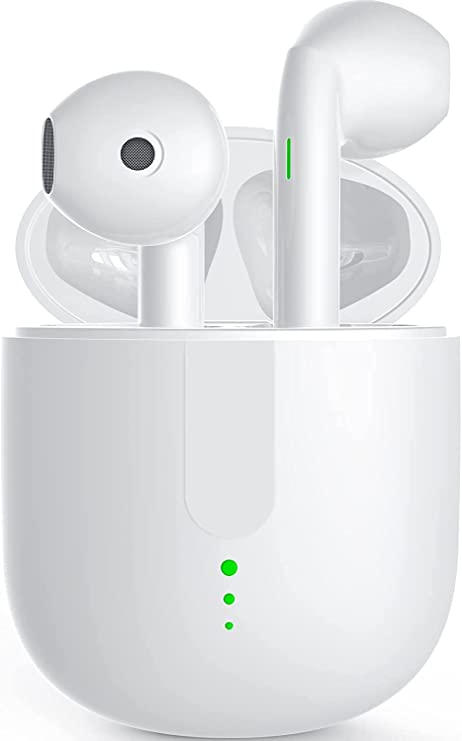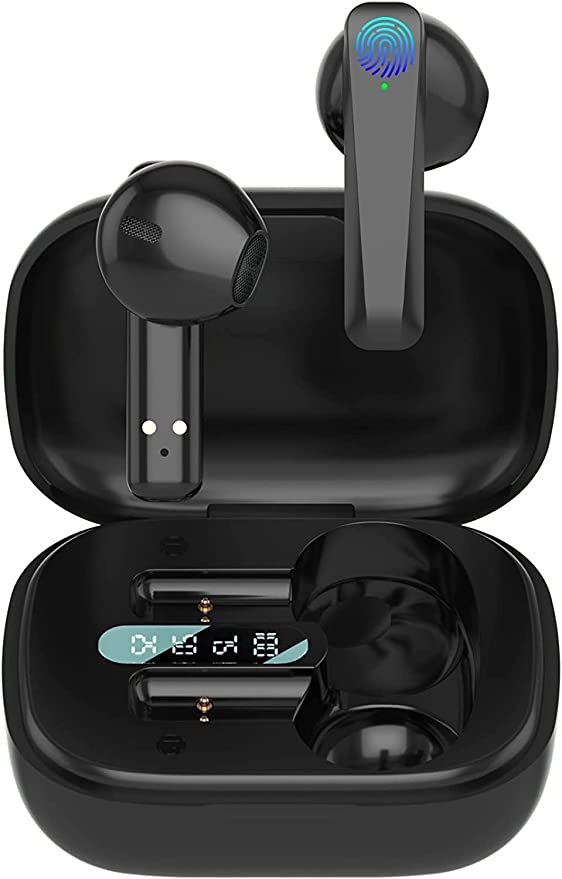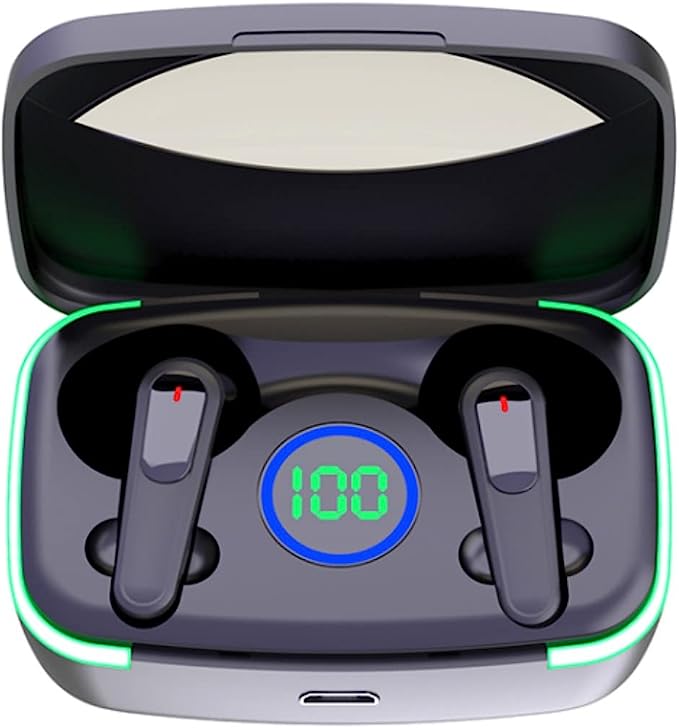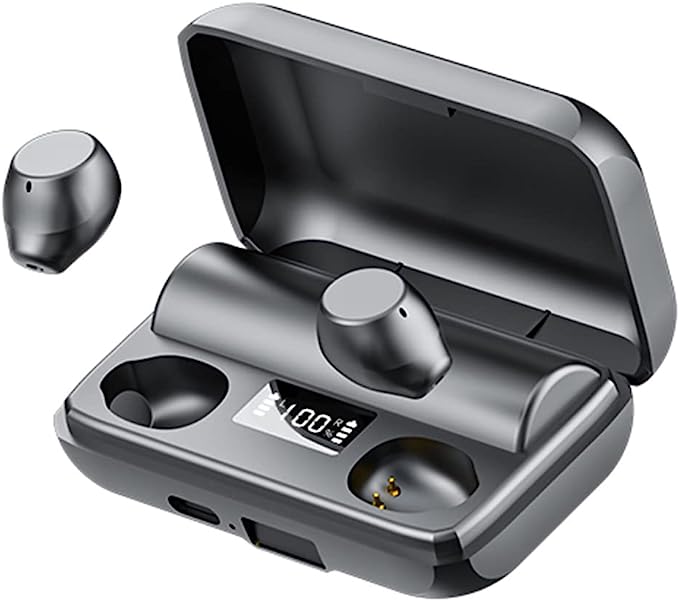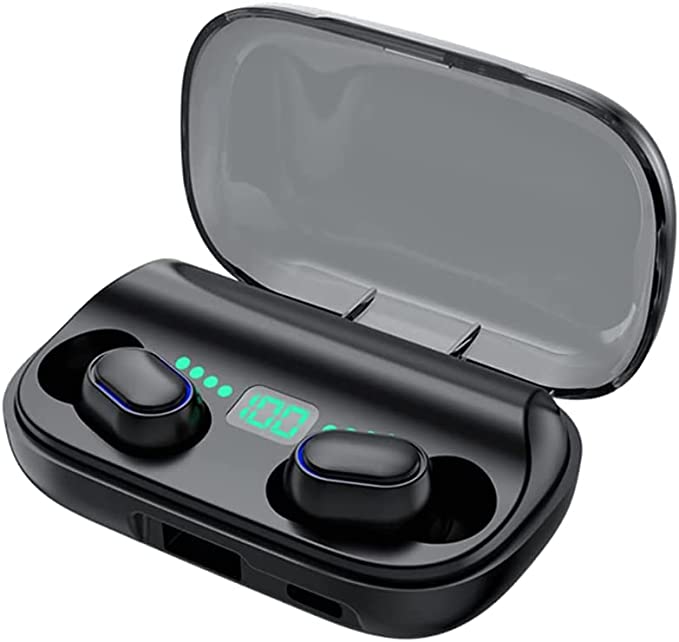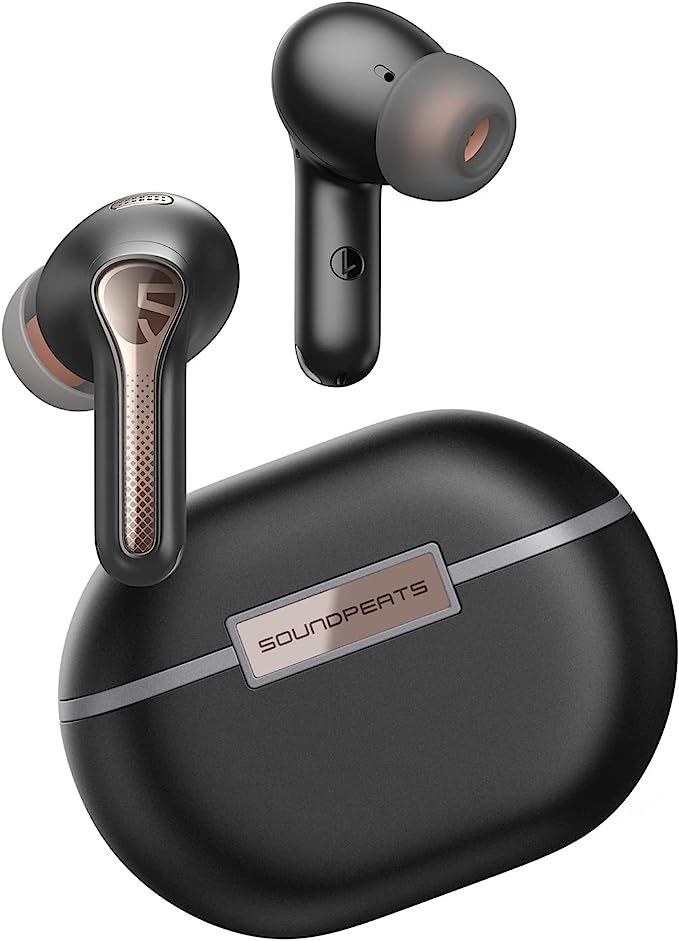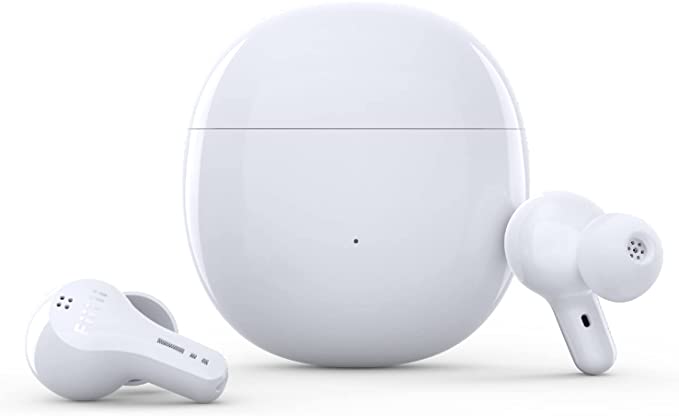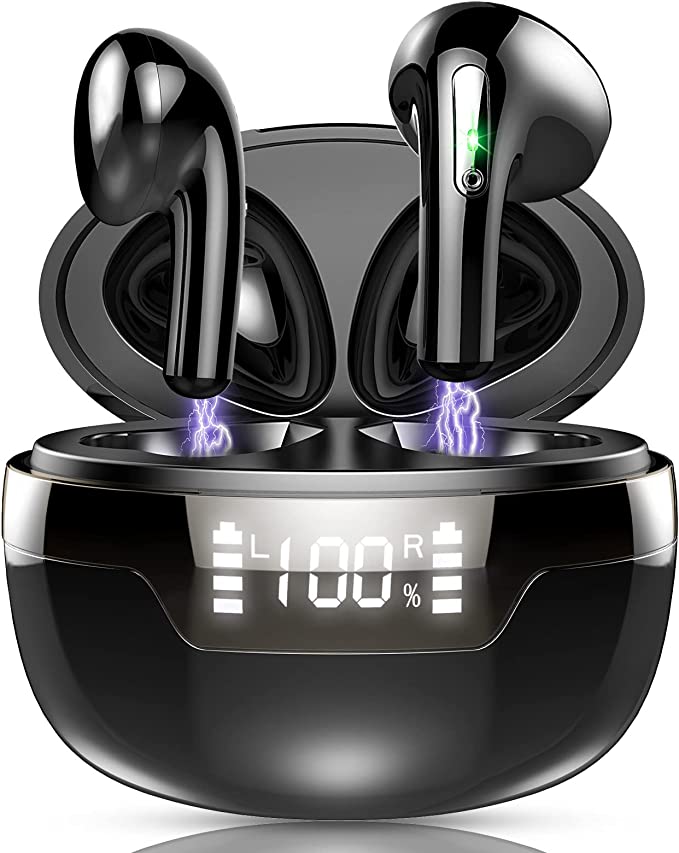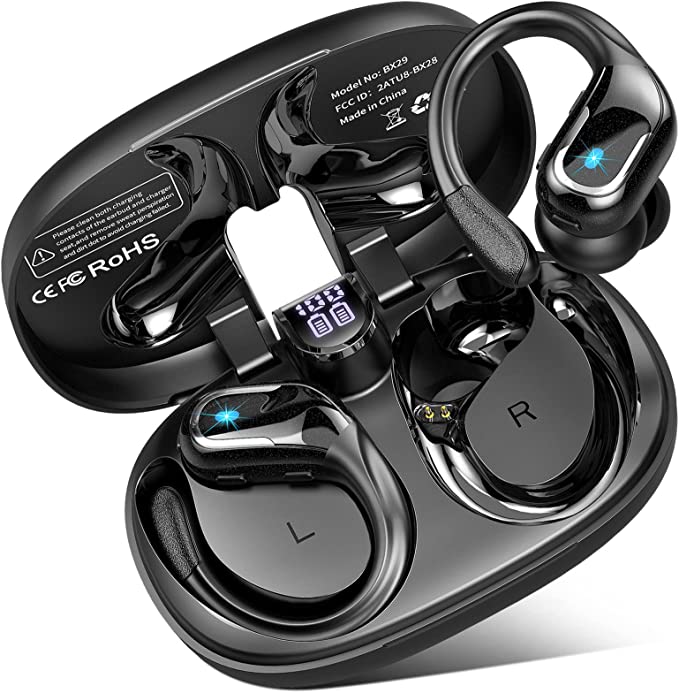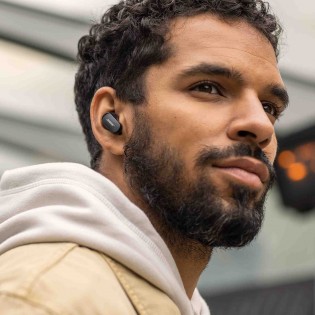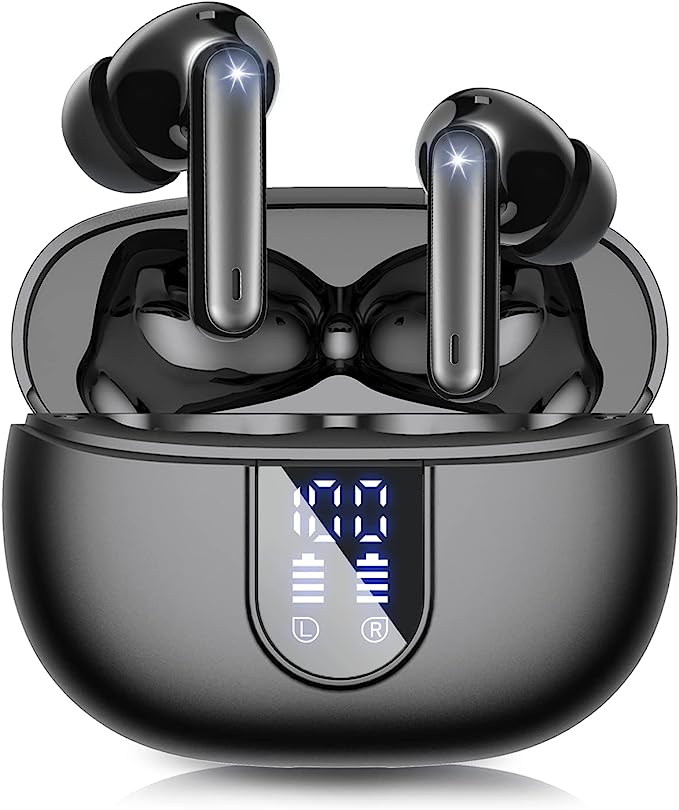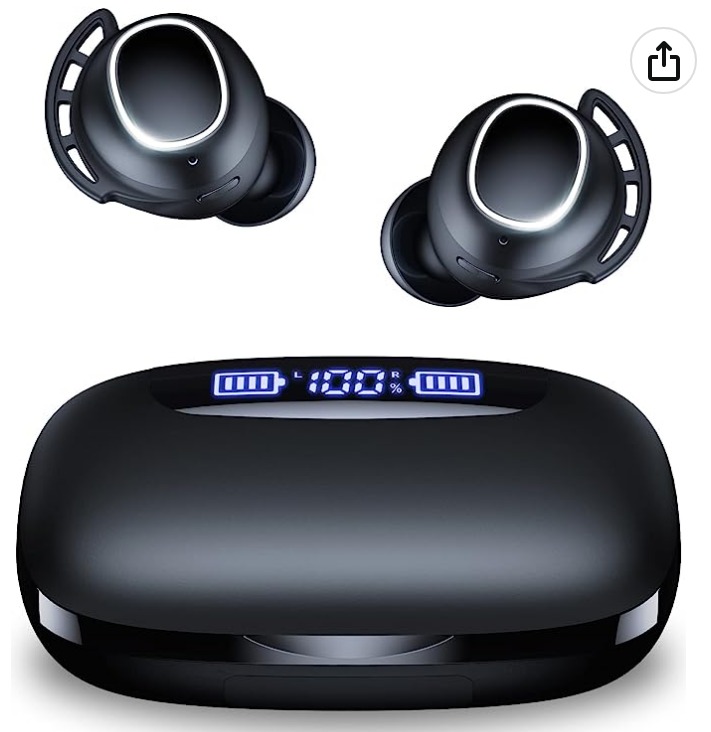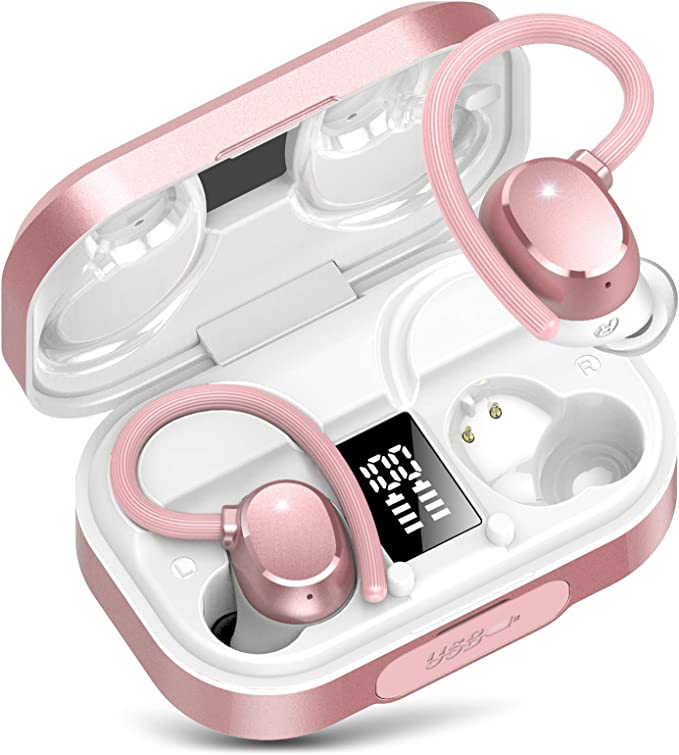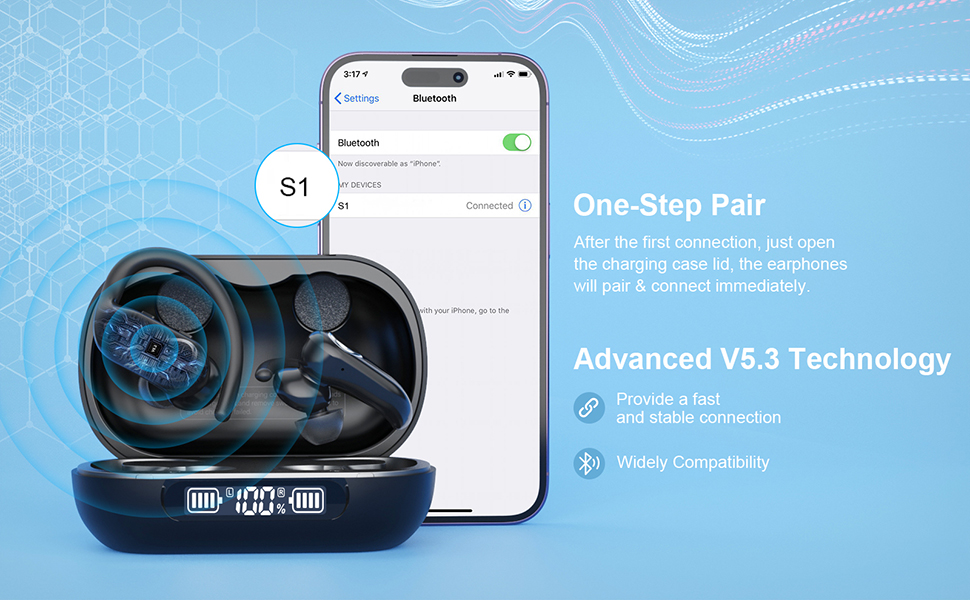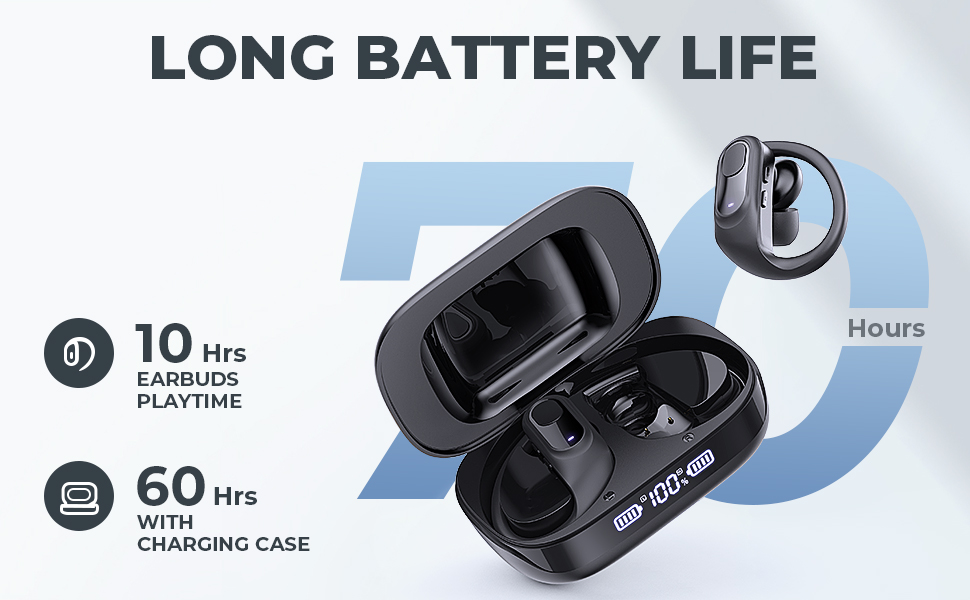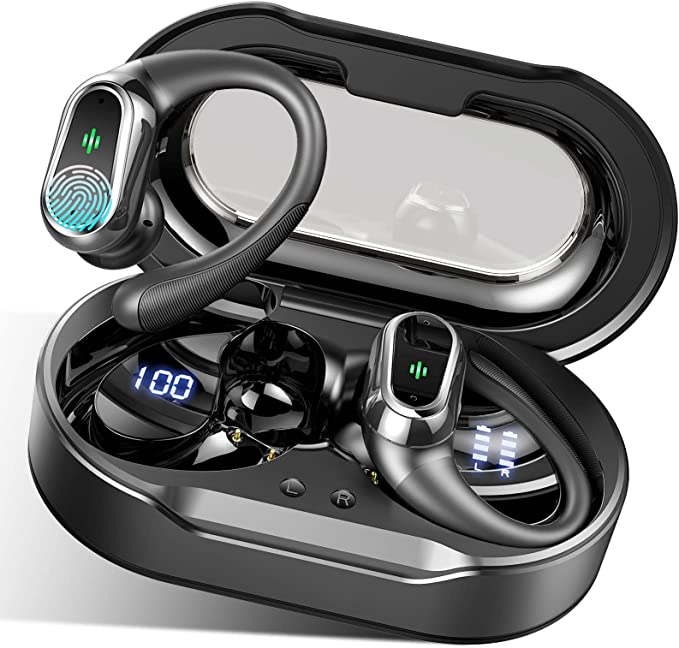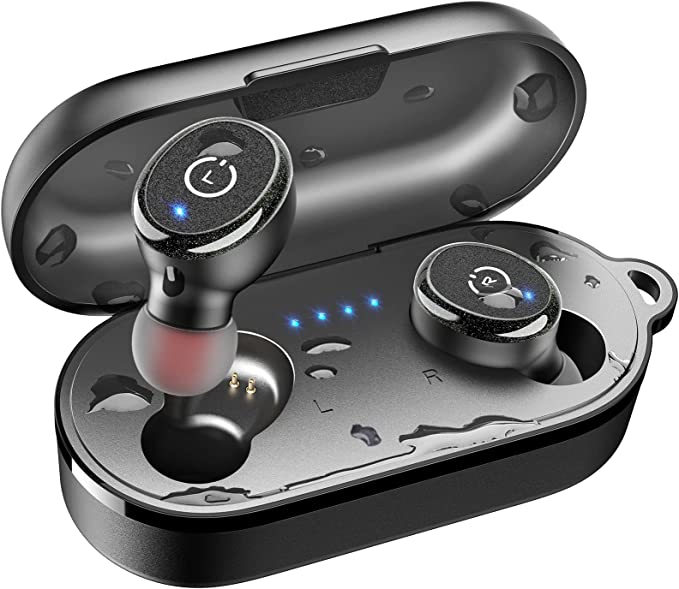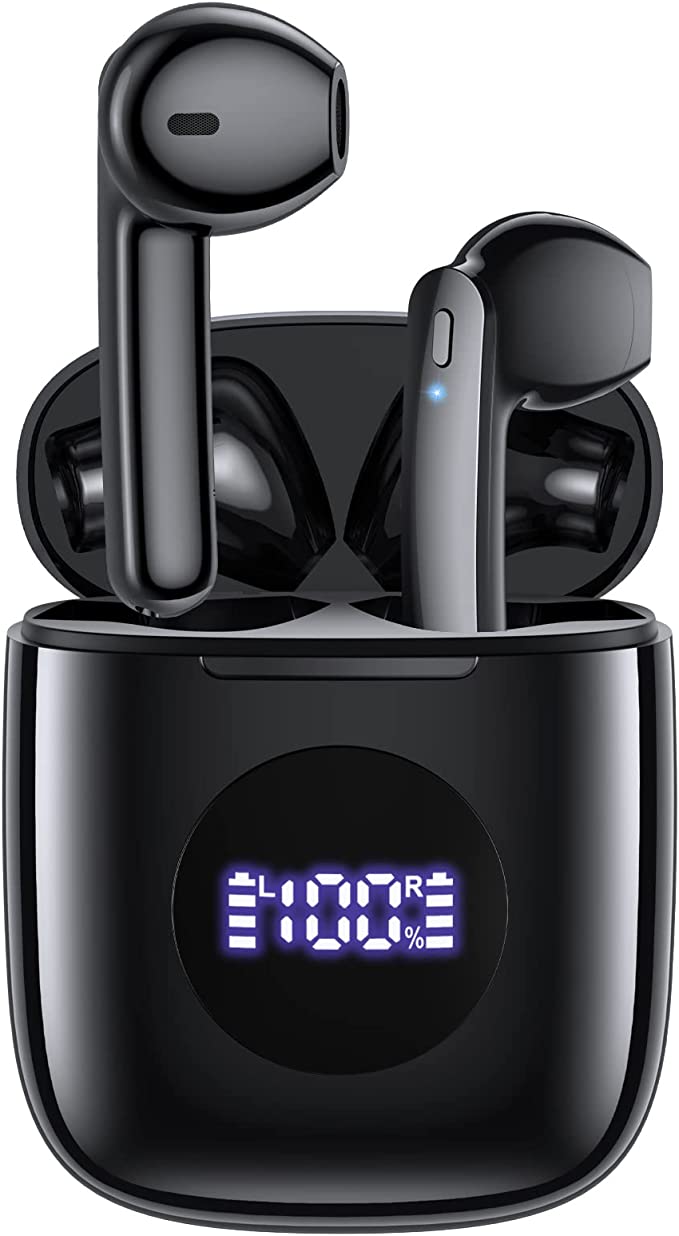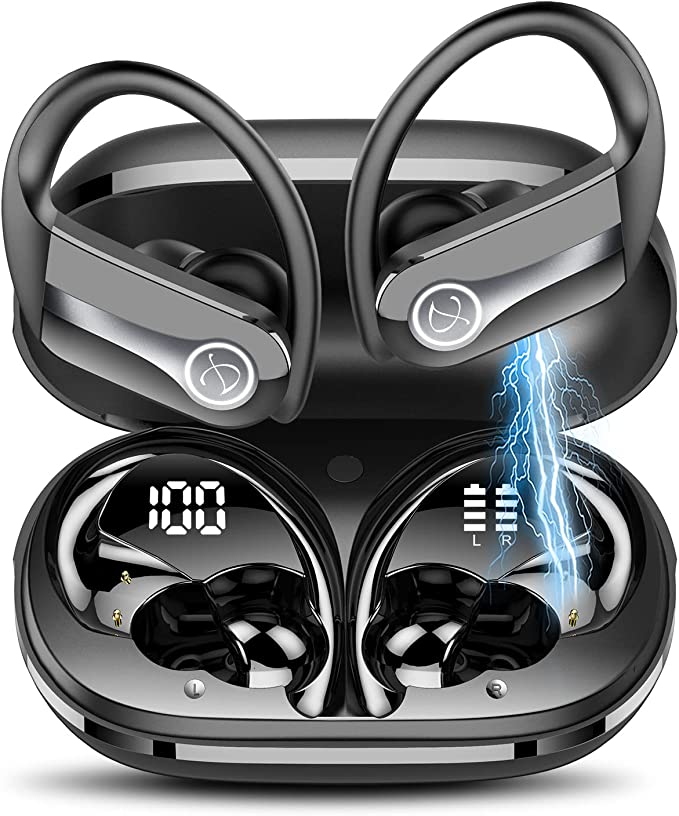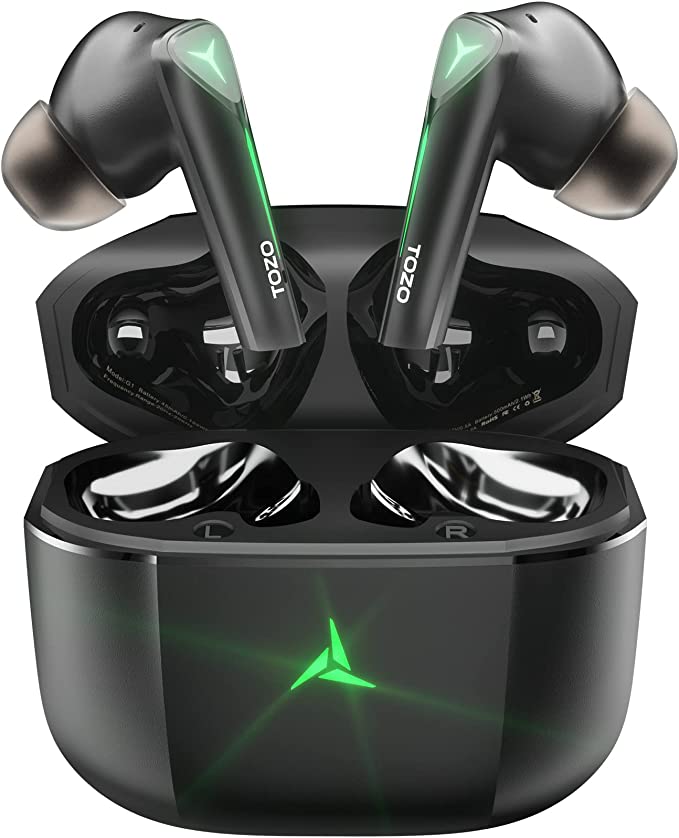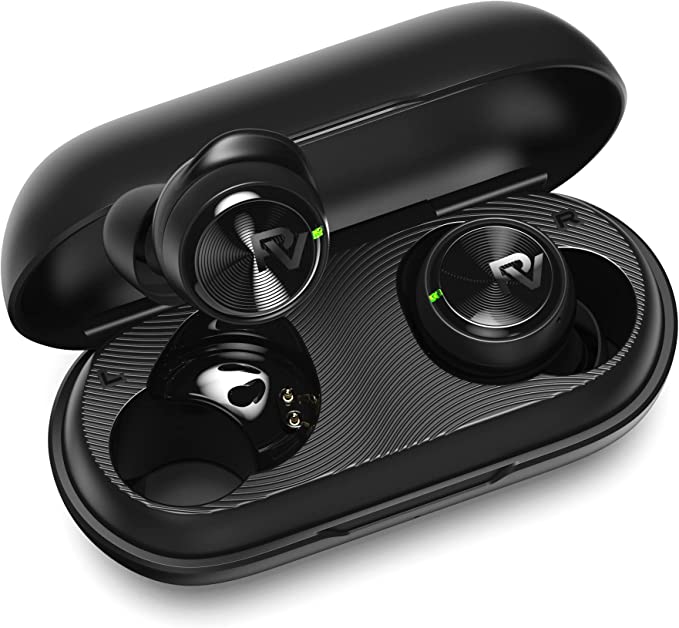Warehouse 151 Pro Wireless Earbuds: Experience Seamless Audio with Bluetooth 5.3
Update on Feb. 22, 2025, 7:22 a.m.
Wireless earbuds have become ubiquitous. We see them everywhere – on the morning commute, at the gym, in coffee shops, and even on the hiking trail. They’ve evolved from a novelty to an essential accessory for many, providing a soundtrack to our lives and a conduit for communication. But, like any technology, they’re not without their frustrations. Dropped connections, poor sound quality, and short battery life are common complaints. To understand how to choose the right earbuds, and to appreciate the technology packed inside, we need to delve a little deeper. Let’s use the Warehouse 151 Pro Wireless Earbuds as a case study to explore the fascinating world of Bluetooth and audio engineering.

A Brief History of Bluetooth: From Ericsson’s Lab to Global Standard
The story of Bluetooth begins in Sweden, at the telecommunications giant Ericsson, in the 1990s. The goal was simple yet ambitious: to create a short-range, wireless communication standard that could replace the tangle of cables connecting various devices. The name “Bluetooth,” a nod to the 10th-century Danish king Harald Bluetooth, who united warring Scandinavian tribes, reflects this goal of unification.
From its humble beginnings, Bluetooth has undergone a remarkable evolution. Each new version brought improvements in speed, range, and power efficiency. Today, it’s the dominant standard for short-range wireless communication, connecting billions of devices worldwide.

Deep Dive into Bluetooth 5.3: The Heart of Seamless Connectivity
The Warehouse 151 Pro earbuds feature Bluetooth 5.3, the latest iteration of this technology. This isn’t just a marketing gimmick; it represents a significant leap forward in several key areas.
-
Connection Stability: One of the most frustrating experiences with wireless audio is the dreaded dropout – that momentary interruption in sound that can shatter the immersive experience. Bluetooth 5.3 tackles this problem head-on with features like Connection Subrating. This allows devices to dynamically adjust the connection parameters to maintain a strong link, even in environments with interference from other wireless devices (like Wi-Fi routers or microwaves).
-
Data Rates and Latency: While Bluetooth wasn’t initially designed for high-fidelity audio streaming, advancements have steadily improved its bandwidth. Bluetooth 5.3 offers faster data transfer rates, which translates to lower latency. Latency is the delay between the audio source (your phone) and when you hear it in your earbuds. Lower latency is crucial for video calls, gaming, and watching videos, ensuring that the audio stays synchronized with the visuals.
-
Power Efficiency: Battery life is a constant concern with wireless devices. Bluetooth 5.3 is engineered to be significantly more power-efficient than its predecessors. It achieves this through more intelligent power management, reducing the amount of energy consumed during both active communication and idle periods.
-
Channel Classification Enhancement:This is another improvement that minimizes interference. The earbud is able to tell the connected device which radio channels are clear, and which are not.
Audio 101: From Analog Waves to Digital Bits
To understand how earbuds reproduce sound, we need to grasp the basics of digital audio. Sound, in its natural form, is an analog wave – a continuous variation in air pressure. Our ears detect these variations, and our brains interpret them as sound. However, digital devices (like phones and computers) can’t directly process analog waves. They need to convert them into a digital representation.
This conversion process involves two key steps: sampling and quantization.
-
Sampling: Imagine taking snapshots of the sound wave at regular intervals. The sampling rate determines how many snapshots are taken per second. Higher sampling rates capture more detail, resulting in a more accurate representation of the original sound.
-
Quantization: Each snapshot needs to be assigned a numerical value. The bit depth determines the precision of this value. Higher bit depths allow for a wider range of values, resulting in a more nuanced and detailed representation of the sound.
Codecs Explained: The Language of Wireless Audio
Once the audio is digitized, it needs to be transmitted wirelessly to your earbuds. However, raw digital audio files are quite large. To efficiently stream audio over Bluetooth, it needs to be compressed. This is where codecs come in.
A codec is an algorithm that encodes (compresses) and decodes (decompresses) audio data. Different codecs use different techniques, resulting in varying levels of compression and sound quality. The Warehouse 151 Pro supports common codecs like SBC (Subband Coding) and AAC (Advanced Audio Coding).
-
SBC: This is the mandatory standard codec for Bluetooth audio. It’s widely supported but offers relatively moderate compression and sound quality.
-
AAC: This is a more advanced codec that generally provides better sound quality than SBC at similar bitrates. It’s commonly used by Apple devices.

The Speaker Within: The 14mm Vibrating Diaphragm
The final piece of the audio puzzle is the driver, the component within the earbud that actually produces sound. The Warehouse 151 Pro uses a 14mm vibrating diaphragm driver. The diaphragm is a thin, flexible membrane that vibrates in response to electrical signals. These vibrations create pressure waves in the air, which we perceive as sound.
The size of the diaphragm matters. A larger diaphragm, like the 14mm one in the Warehouse 151 Pro, can move more air, which generally results in a more powerful and richer sound, particularly in the lower frequencies (bass). The material of the diaphragm also plays a role, with different materials offering varying levels of stiffness and responsiveness.

IPX7: What “Waterproof” Really Means
The Warehouse 151 Pro earbuds are rated IPX7. This is an international standard that defines the level of protection against water and dust. The “X” in IPX7 indicates that the device hasn’t been tested for dust protection. The “7” indicates that it can withstand immersion in water up to 1 meter deep for up to 30 minutes.
It’s crucial to understand the limitations of this rating. While IPX7 protects against accidental submersion (like dropping your earbuds in a puddle), it’s not designed for prolonged or high-pressure exposure to water. Swimming, showering, or using the earbuds in heavy rain could still result in water damage. The rating primarily provides peace of mind for workouts and use in light rain. Always dry your earbuds thoroughly after exposure to moisture.

Battery Life and the Science of Lithium-Ion
The Warehouse 151 Pro, like most wireless earbuds, relies on lithium-ion batteries. These batteries store energy chemically and release it as electricity. The capacity of a battery is measured in milliampere-hours (mAh). The higher the mAh rating, the more energy the battery can store.
The earbuds themselves are advertised to provide up to 6 hours of playtime on a single charge, with the charging case offering an additional 36 hours, for a total of 42. However, it’s important to note that real-world battery life can vary significantly. Factors like volume level, the type of audio being played (music vs. podcasts), and even the ambient temperature can affect how long the batteries last. Some user reviews have indicated that the battery life is shorter than advertised, so managing expectations is key.
Touch Controls: The Invisible Interface
Many modern earbuds, including the Warehouse 151 Pro, feature touch controls. These allow you to control playback, adjust volume, answer calls, and activate voice assistants with simple taps or swipes on the earbuds themselves.
The technology behind this is called capacitive sensing. Your body has a natural electrical capacitance, meaning it can store an electrical charge. When you touch the surface of the earbud, you change the capacitance of a tiny sensor within it. This change is detected, and the earbud’s internal circuitry interprets it as a specific command.
The Ergonomics of In-Ear Design: Comfort and Fit
The Warehouse 151 Pro earbuds utilize an “in-ear” design. This means they fit snugly within the ear canal, creating a seal that blocks out external noise. This passive noise isolation can significantly improve the listening experience, especially in noisy environments.
However, the fit of in-ear headphones is crucial for both comfort and sound quality. A poor fit can lead to discomfort, ear fatigue, and even a loss of bass response. Warehouse 151 designs their earbuds with an ergonomic shape, that are designed to be comfortable for the user.

Conclusion: The Convergence of Technologies
The Warehouse 151 Pro Wireless Earbuds, like many modern technological marvels, represent a convergence of multiple fields of engineering and scientific principles. From the intricate protocols of Bluetooth 5.3 to the physics of sound waves and the chemistry of lithium-ion batteries, a remarkable amount of technology is packed into these tiny devices. By understanding the underlying principles, we can not only appreciate the complexity of these devices but also make more informed choices about the technology we use every day.
